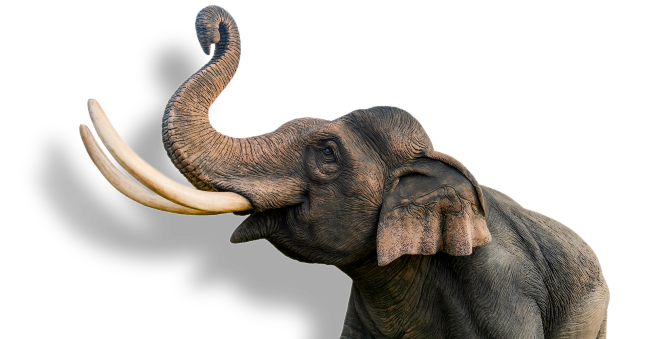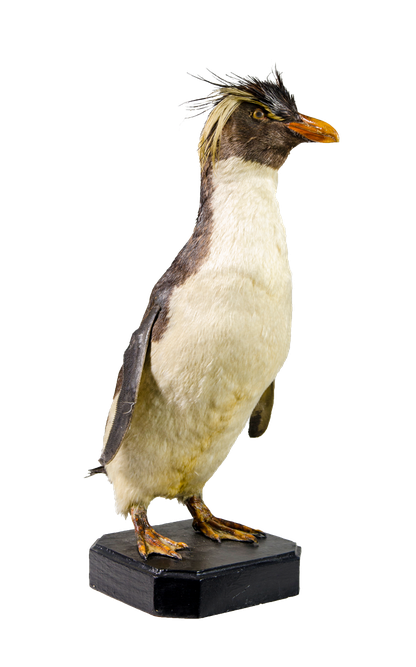Zoologia
Zoologia
Cosa viene conservato nella Sezione Zoologia?
Sono conservate le prestigiose collezioni storiche provenienti dai Musei di Zoologia e di Anatomia Comparata dell’Università di Torino (esemplari antecedenti al 1980), nonché raccolte recenti, ottenute grazie a campagne di ricerca, scambio e acquisto, che appartengono al MRSN.
Perché le collezioni sono prestigiose?
Numerosità e peculiarità degli esemplari, appartenenti a quasi tutti i gruppi animali, nonché un elevato numero di tipi (esemplari su cui sono state descritte nuove specie) e di reperti appartenenti a specie estinte o in via di estinzione rendono le collezioni importanti strumenti per le ricerche tassonomiche, ecologiche e conservazionistiche.
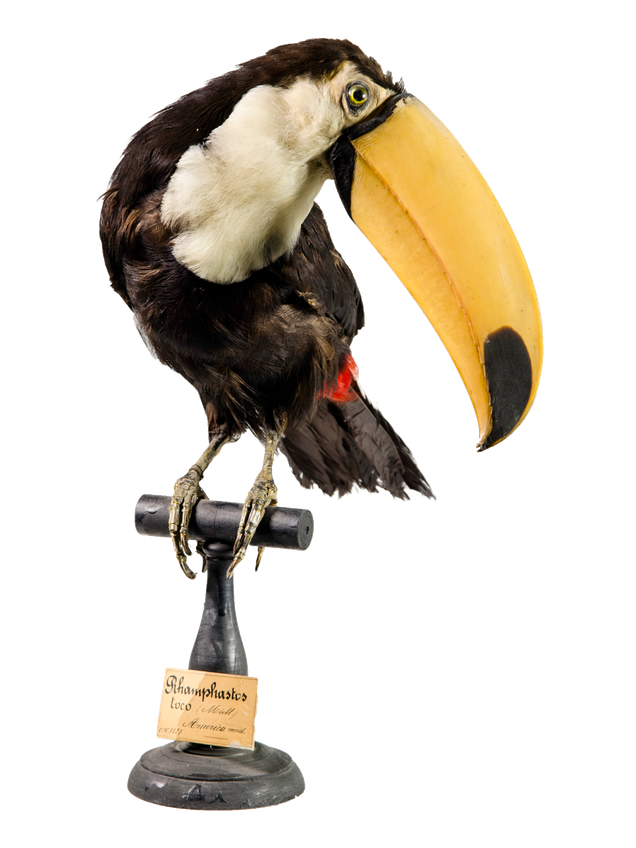
Altre collezioni di Invertebrati
Complessivamente sono oltre 30.000 gli esemplari dell’Università degli Studi di Torino e Oltre 20.000 esemplari recenti. Tra questi è presente il gruppo degli Echinodermi (ricci di mare, stelle marine, oloturie, ecc.), in particolare studiato dallo zoologo torinese Enrico Tortonese (1911-1987) e il gruppo dei Crostacei, studiato da Giuseppe Nobili (1877-1908) e da Alceste Arcangeli (1880–1965). Altre collezioni comprendono reperti e gruppi meno noti.
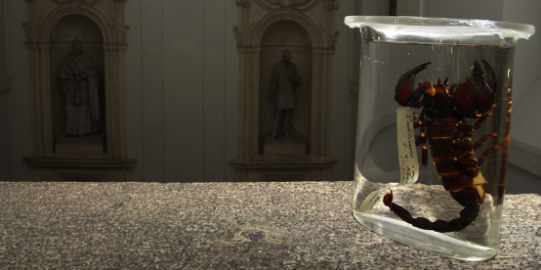
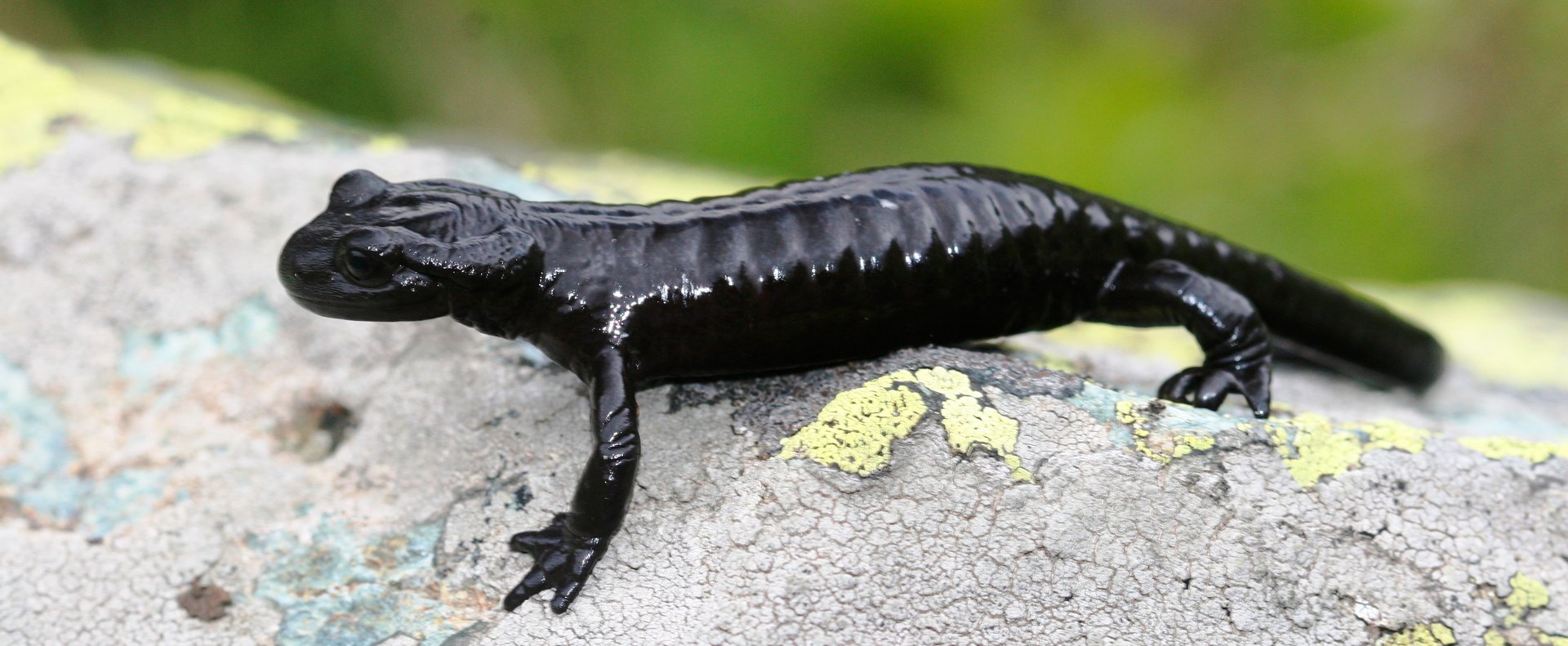
Quando e come si sono formate le collezioni?
La costituzione delle raccolte storiche è iniziata nella prima metà del Settecento ed ha assunto rilevanza internazionale nei primi dell’Ottocento, grazie alla collaborazione di illustri zoologi, che hanno studiato il materiale proveniente da acquisti, scambi, donazioni e spedizioni da Asia minore, Africa equatoriale e America meridionale.
I recenti incrementi, a opera del MRSN, sono, invece, frutto di attività di ricerca in Italia, in America meridionale e in Madagascar e di acquisti finalizzati ad attività ostensive.
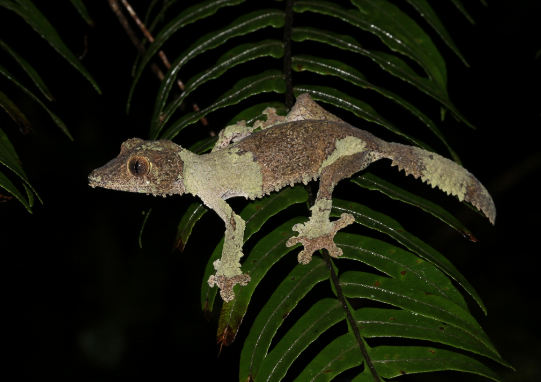
Quali i protagonisti principali?
In ordine di tempo:
- un medico, con spiccato interesse per la zoologia, Giovanni Battista Bianchi, fonda il Museo di Zoologia dell’Università di Torino nel 1739;
- due zoologi, che ne sono stati direttori (Franco Andrea Bonelli e Giuseppe Gené), ne incrementano la rilevanza scientifica a partire dagli inizi dell’Ottocento;
- un altro medico-zoologo, Filippo De Filippi, effettua una eccezionale raccolta di materiali durante un viaggio intorno al globo, compiuto dal 1865 al 1867 a bordo della Regia Pirocorvetta Magenta, tanto da rendere necessaria la trasformazione della sezione di Anatomia comparata dell’Università di Torino, fondata dallo stesso De Filippi nel 1848, in museo a sé stante nel 1891;
- l’erpetologo Mario Giacinto Peracca (1861–1923) è stato un grande tassonomo che ha contribuito ad arricchire e studiare le collezioni di anfibi e rettili del Museo, grazie anche alla sua rete di contatti con zoologi e naturalisti dell’epoca, tra cui George A. Boulenger del British Museum – Natural History (oggi Natural History Museum) di Londra;
- lo zoologo e divulgatore scientifico Michele Lessona e l’erpetologo ed entomologo Lorenzo Camerano resero il Museo uno dei primi d’Europa per l’impulso dato alle ricerche tra la seconda metà dell’Ottocento e i primi decenni del Novecento. In particolare, in quell’epoca si formò un gruppo invidiabile di specialisti, ampiamente riconosciuti a livello mondiale.
A partire dal dopoguerra le collezioni del Museo furono meno utilizzate a causa dei mutati orientamenti di studio dei ricercatori, che non diedero seguito alle campagne di raccolta che avevano caratterizzato le attività di ricerca morfologico-descrittive e comparative e, di conseguenza, alla preparazione e allestimento dei materiali.
In tempi più recenti l’urgenza di incrementare gli studi tassonomici e di carattere conservazionistico hanno contribuito a rilanciare la missione dei musei di storia naturale nell’ambito della conoscenza del nostro pianeta, e le collezioni sono nuovamente diventate, anche con l’utilizzo di strumenti integrativi, strumenti ineguagliabili per la comprensione della biodiversità.
E gli insetti?
La eccezionalità, per numero e rarità degli esemplari, della collezione di insetti del MRSN ha reso opportuna l’istituzione della Sezione ENTOMOLOGIA.
15.000
esemplari e un centinaio di preparati osteologici e anatomici provenienti da tutto il mondo compongono la collezione ittiologica storica;
2.500
esemplari provenienti in gran parte dalle acque dolci piemontesi e dall’Oceano Atlantico costituiscono la collezione ittiologica recente;
37.000
esemplari annovera la collezione erpetologica, la più vasta fra quelle dei vertebrati;
12.000
esemplari e 300 preparati osteologici e anatomici provenienti da tutto il mondo compongono la raccolta erpetologica storica;
25.000
esemplari per la collezione erpetologica di recente acquisizione, con una notevole rappresentanza dell’erpetofauna italiana, malagasy e sudamericana.
I voucher specimen
Gli esemplari conservati, denominati “voucher” in termine tecnico, sono reperti raccolti nel corso di attività di studio e di censimento. Si tratta di reperti estremamente importanti in quanto consentono di ottenere informazioni che ben difficilmente potrebbero essere ottenuti con altri sistemi (fotografie, video, registrazione, analisi del DNA ambientale, ecc.).
La raccolta di nuovi voucher è un’attività imprescindibile e in qualche modo caratteristica dei musei di storia naturale e consente di ottenere, anche a distanza di molti decenni o secoli, informazioni cruciali, utili per la descrizione di nuove specie, per confermare la presenza e/o la distribuzione di una specie in un determinato territorio, nonché per documentare la genesi di patologie emergenti, come è stato recentemente dimostrato per il COVID-19 (vd http://www.piemonteparchi.it/cms/index.php/territorio/musei/item/3546-dalle-collezioni-scientifiche-un-aiuto-per-studiare-il-virus)
Collezione Invertebratologica
Come sono conservati nel MRSN?
Gli invertebrati sono conservati sia a secco, sia in alcool.
Da quali gruppi zoologici è composta la collezione di Invertebrati?
La collezione di Invertebrati comprende un numero eccezionale di reperti, appartenenti a vari gruppi tassonomici, il più cospicuo dei quali è rappresentato dai Molluschi, che formano la collezione malacologica.
Malacologia = branca della Zoologia che studia i Molluschi.
La collezione malacologica comprende un nucleo storico dell’Università degli Studi di Torino, costituita da oltre 330.000 esemplari, provenienti da tutto il mondo. Molti di questi sono stati studiati dal malacologo Carlo Pollonera (1849 – 1923) il quale descrisse numerose nuove specie. Questi esemplari sono tutti conservati a secco.
Sono conservati, inoltre, 70.000 esemplari raccolti più di recente da ricercatori e da personale del MRSN.
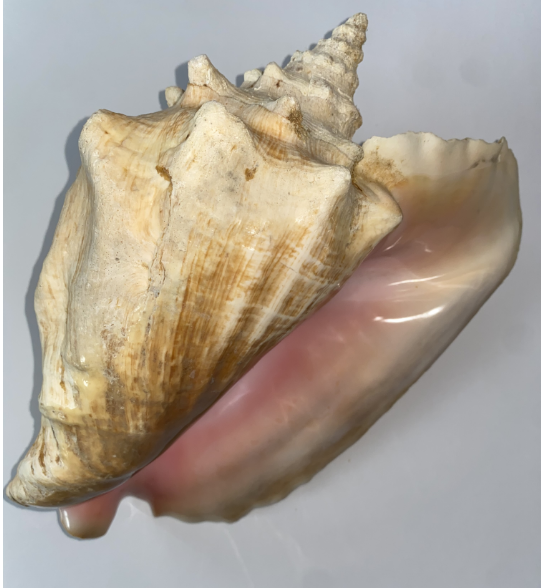
Altre collezioni di Invertebrati
Complessivamente sono oltre 30.000 gli esemplari dell’Università degli Studi di Torino e Oltre 20.000 esemplari recenti. Tra questi è presente il gruppo degli echinodermi (ricci di mare, stelle marine, oloturie, ecc.), in particolare studiato dallo zoologo torinese Enrico Tortonese (1911-1987) e il gruppo dei crostacei, studiato da Giuseppe Nobili (1877-1908) e da Alceste Arcangeli (1880–1965). Altre collezioni comprendono reperti e gruppi meno noti.
INFORMAZIONI
Quante cose si possono imparare sul mondo naturale? Scoprilo al Museo Regionale di Scienze Naturali!
